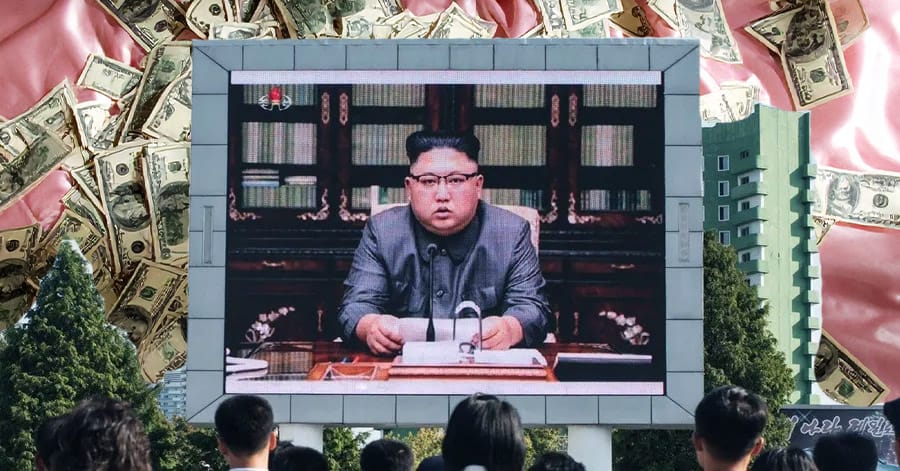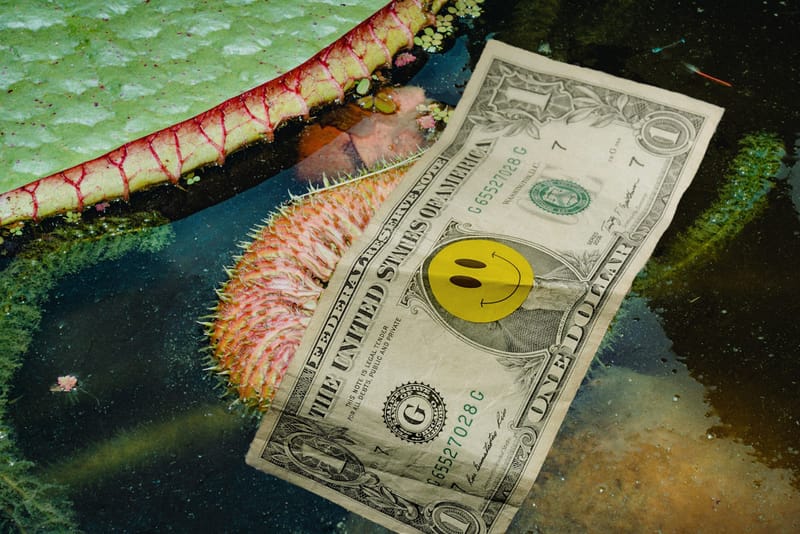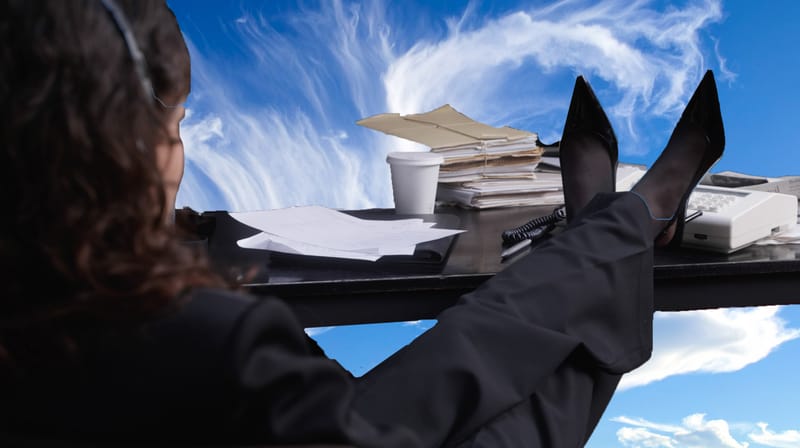Jury Questions Tracing and Venue in Roman Storm Trial
The jury requested information on a Government tracing witness that testified to sanctioned funds. Members stated to have made major progress in deliberations today.
The criminal trial of Roman Storm has been remarkably contentious since the very beginning, with the prosecution and defense going toe to toe on issues from from basic errors in the initial indictment to the judge’s pretrial skepticism on venue – whether the case should be tried in New York at all.
This theme persisted into the third day of jury deliberation, with questions from the jury that seemed to indicate skepticism about key elements of the prosecution case. That included matters of blockchain tracing and, returning yet again, venue. Those questions became the subject of yet more hours of wrangling as the two sides nudged Judge Failla to answer with language most likely to benefit their case.
The verdict in Roman Storm’s trial may set an important precedent for the liability facing open-source software developers for the use of tools they create. Today’s wrangling over words, then, shows a truth that many tech moguls, with their screeds against the liberal arts, would seemingly prefer you forget:
The language that determines real power is English, not computer code. And the devil is in the very, very fine details.
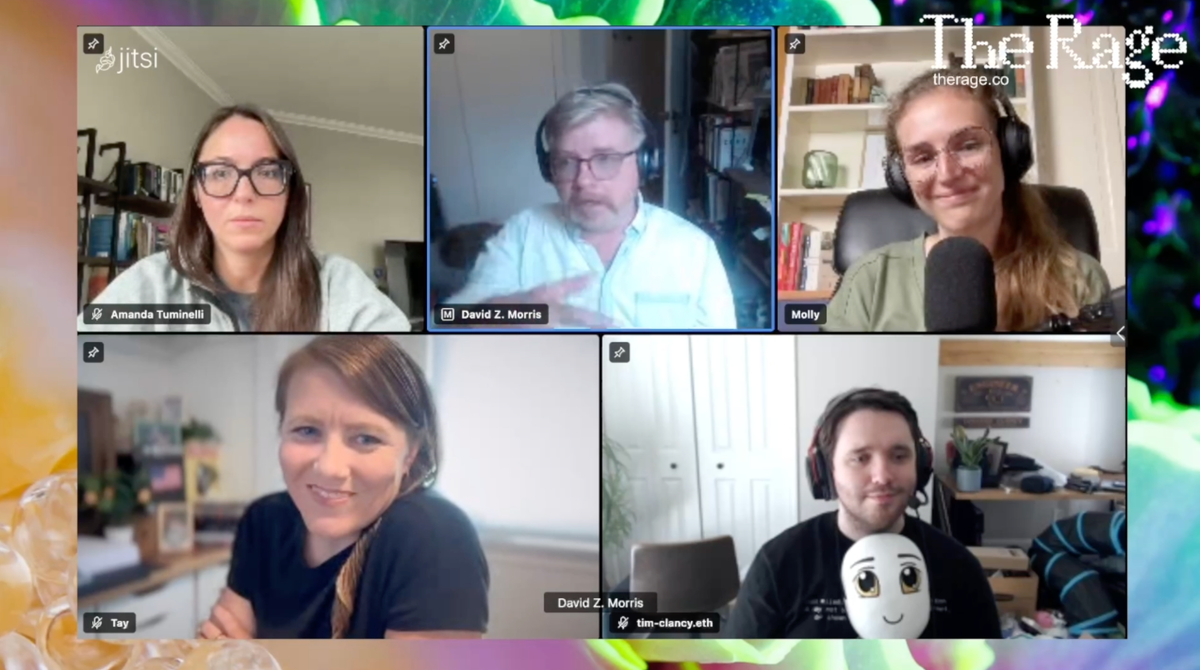
Intermediary Wallets
During deliberation, which began Thursday, the jury is sequestered, and can only communicate to the court through questions sent to the presiding judge – in this case, Judge Failla.
The jury’s first query had to do with the sanctions violations charges facing Storm. They asked whether U.S. sanctions only impacted specific wallet addresses listed by OFAC, and/or whether sanctions “followed” to other “intermediary” wallets connected to the sanctioned wallet. This is a crucial question that shows considerable insight from the jury, given the prosecution’s attempts to slide past it.
Judge Failla consults with the two sides before answering these jury questions – in this case, at considerable length. Broadly, the defense believed that the simple answer to this question was “no” – that no other intermediary wallets were formally looped in to OFAC sanctions. The prosecution, represented by AUSA Ben Arad, preferred to remind jurors that these transfers involved a sanctioned entity, which they would prefer to keep in focus.
Judge Failla rejected the prosecution’s attempt to include a reminder of the sanctioned Lazarus group in an answer to the jury. “They didn’t ask about the Lazarus group,” Judge Failla rebutted Arad, so “I don’t feel comfortable calling out to them an answer to a question they didn’t ask.”
Lazarus Group is the North Korean hacking team that most experts agree stole $600 million from the Ronin bridge run by Vietnamese Web3 startup Sky Mavis for games including Axie Infinity. Lazarus was prominently featured in the indictment against Storm, though the sanctions charges face the same, possibly uphill challenge as the rest – the prosecution must show that Storm created Tornado Cash with the specific intent of making it easier for North Korea to violate international sanctions.
Prosecution witness Joseph DeCapua, an FBI blockchain tracing and forensics expert, testified that funds had flowed from the Ronin hack to Tornado Cash. But his trace and explanatory slides included steps through many “intermediary wallets.”
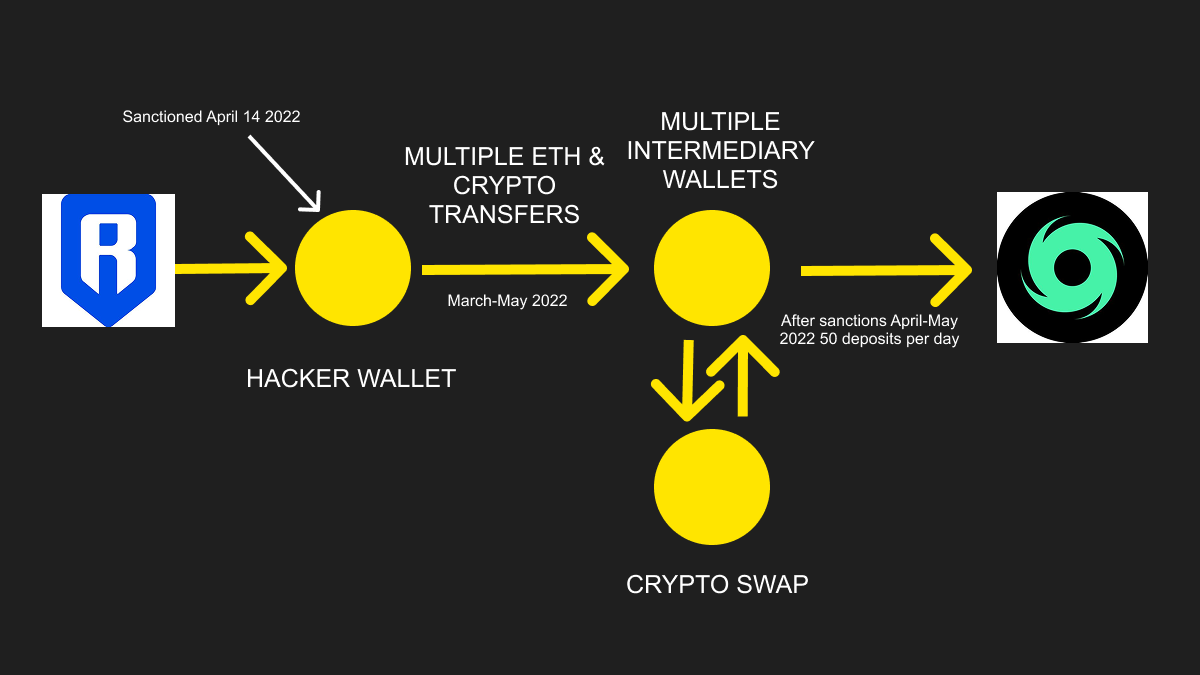
As the defense made clear, no funds actually flowed directly from sanctioned wallets to Tornado Cash – and immediately after the announcement of sanctions against the Ronin hacker's wallets – as in, literally one day later, on April 15 – the Tornado Cash team implemented a Chainalysis oracle meant to block access from sanctioned wallets. But neither the Chainalysis oracle nor OFAC’s underlying sanctioned wallet list itself traced transfers or second order connections, making the filter easy to bypass by transferring funds to a new, unsanctioned wallet. The prosecution’s theory of the case implicitly holds Storm and co. responsible for the ease with which OFAC and Chainalysis’ tools could be circumvented.
In the end, a final protest from David Patton for the defense seemed to suggest that Failla ultimately softened the language limiting sanctions liability to a single wallet, but that version of the note was not read in open court.
One element that’s intriguing here is that Agent DeCapua’s conclusions have generally been treated as credible by outside observers. Despite using some shorthand, for instance, there’s little dispute that some of the Ronin funds wound up in Tornado Cash under Lazarus’ control.
But now jurors are asking questions about DeCapua’s evidence, perhaps triggered by skepticism about totally different tracing evidence presented by IRS accountant Stephan George. After a string of evidentiary shortfalls threatened the status of key witness Hanfeng Lin, the prosecution at the last moment asked George to trace her funds, which DeCapua had not. George used a less credible blockhain tracing method to do this, and admitted under cross examination that his trace did not prove Lin’s attackers themselves had transferred funds to Tornado Cash.

Concrete Jungle Where Dreams are Made Of (It’s New York)
The jury also for the second time requested new material on the question of venue – the prosecution’s evidence that the trial should be held in the Southern District of New York. Today they specifically asked for “the transcripts and evidence for Mr. William Lopez to prove venue?” Lopez testified to the tracing of calls and text messages between Storm and investor Thomas Schmidt while Schmidt was in New York.
Again, the fine details of wording became grounds for a fierce battle.
Arad, still taking point for the prosecution, argued that the jury’s phrasing implied that Lopez’ testimony was the only source of venue, and asked for language to remind them of that broader scope. Failla ultimately denied this line of response, since the jury had very clearly asked for evidence, not clarifications.
“I don’t think it’s appropriate to [address] a question their jury note does not … ask,” Failla told Arad.
All told, the process of answering these two jury questions stretched out over nearly two hours, with all members of both legal teams present for the discussion and revisions. At around 12:14, a small earthquake shook the courthouse windows. Then, just minutes later, jurors went home for the day.
They will reconvene tomorrow at 8:45 a.m. for further deliberation, but had stated to have made major progress today. How long it will take them to reach a verdict is, at this point, anyone's guess.
Independent journalism does not finance itself. If you enjoyed this article, please consider making a donation. If you would like to note a correction to this article, please email corrections@therage.co


